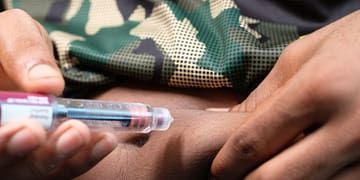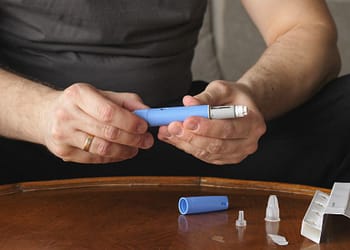The Centers for Disease Control and Prevention (CDC) They confirmed the first serious case of H5N1 bird flu in United States (US)The patient, hospitalized in Louisiana, was exposed to sick and dead birds on a poultry farm, marking the first direct link to poultry in the country.
Since April 2024, 61 human cases of H5 avian influenza have been reported in the US, but this is the first to be classified as severe. Despite this, the CDC assures that the risk to public health remains low.
Genetic analysis of the virus
The virus identified in this case belongs to the D1.1 genotype, related to recent samples in wild and poultry birds. in the U.S., Canada and Washington state. This genotype is different from B3.13, which has been associated with outbreaks in dairy cattle and other sporadic human cases in the country. CDC is continuing to analyze the virus’s genome to learn more about its characteristics and possible implications.
Risk of transmission and precautions
So far, human-to-human transmission of H5N1 avian influenza has not been detected., a key factor in maintaining low-risk assessment at the community level. However, CDC emphasizes that wild and poultry birds can be a significant source of exposure to the virus.
People with occupational or recreational exposure to infected birds, such as farmers, hunters, and bird watchers, are at increased risk of infection. CDC recommends using appropriate personal protective equipment (PPE) when handling sick or dead birds and avoiding contact with surfaces contaminated by bird secretions.
How to prevent bird flu
The best way to prevent H5N1 bird flu is to minimize contact with wild and poultry birds, especially those that appear sick or are dead. Infected birds shed the virus in saliva, mucus and feces, which increases the chances of infection.
Other infected animals, such as dairy cows, can shed the virus in bodily fluids, including raw milk. For this reason, CDC recommends avoiding unpasteurized products and handling them with extreme caution.
CDC advises all people to avoid direct contact with sick animals or their contaminated environments. This includes areas such as animal bedding or litter that may be exposed to the virus. Safe handling and use of PPE are essential to reduce the risk of infection.






